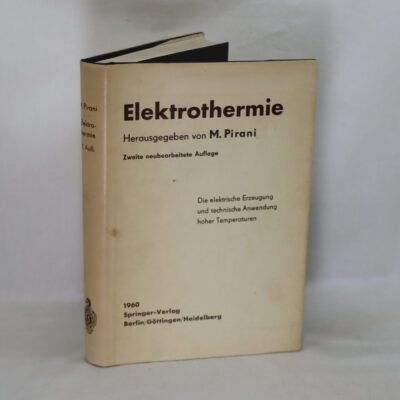The search for your perfect item starts here ...
Man is Not Lost.
By F C Richardson
ISBN: 9781853108686
Printed: 1997
Publisher: Airlife Publishing. Shrewsbury
Edition: First Edition
| Dimensions | 17 × 24 × 3 cm |
|---|---|
| Language |
Language: English
Size (cminches): 17 x 24 x 3
Condition: Fine (See explanation of ratings)
Your items
Item information
Description
In the original dustsheet. Black cloth binding with gilt title.
F.B.A. provides an in-depth photographic presentation of this item to stimulate your feeling and touch. More traditional book descriptions are immediately available.
Man is not lost. The Log of a Pioneer RAF Pilot/Navigator 1933-1946.
Very well illustrated and a great read. A much-underrated book.
Reviews
I started reading this due to my interest in Astronavigation and was initially a little disappointed that it is more of a general memoir than a technical record of his work. However the author’s style and the fantastic story that he recounts soon won me over. At points I was in fits of laughter and other times I was shocked at the raunchiness of the 1930s!
The book covers in some detail the author’s first 12 years of service from entry to the RAF through his service in Egypt, back to the UK to write AP1234, CO of 502 Squadron and his ascent through Coastal Command to the creation of the Empire Air Navigation School. His second 12 years after Staff College is dispatched in a single paragraph, which is a real shame. I didn’t learn much technical about Astronavigation from this book but I had a splendid time reading it!
——————-
This book has a beginning rooted in the 1930s, with a good deal of the first half committed to describing life from a period of RAF history when they were operating out dated aircraft in far flung corners of the Empire, whilst others were re-arming and developing expansionist tendencies. Stories of training in the Middle East, patrols and tours in Africa all paint a wonderful picture of how things were, and how they would never be again. The author describes through his stories how during these times pilots navigated by sight and that it was not until much of the Middle East Airforce was committed to finding one pilot who admitted that he “hadn’t the foggiest idea of how to navigate” that the RAF realised something had to be done to teach its airmen a better way of flying from A to B without getting lost. The book goes on to provide further wartime tales but despite the authors connection to the main reference work for Navigational training in the RAF (AP1234) it is not full of technical stuff and therefore remains good read for those interested in the period of history covered rather than air navigation. Because of its structure it is also a book that you can pick up and put down regularly without losing the plot so one for the frequent flyer.
Want to know more about this item?













